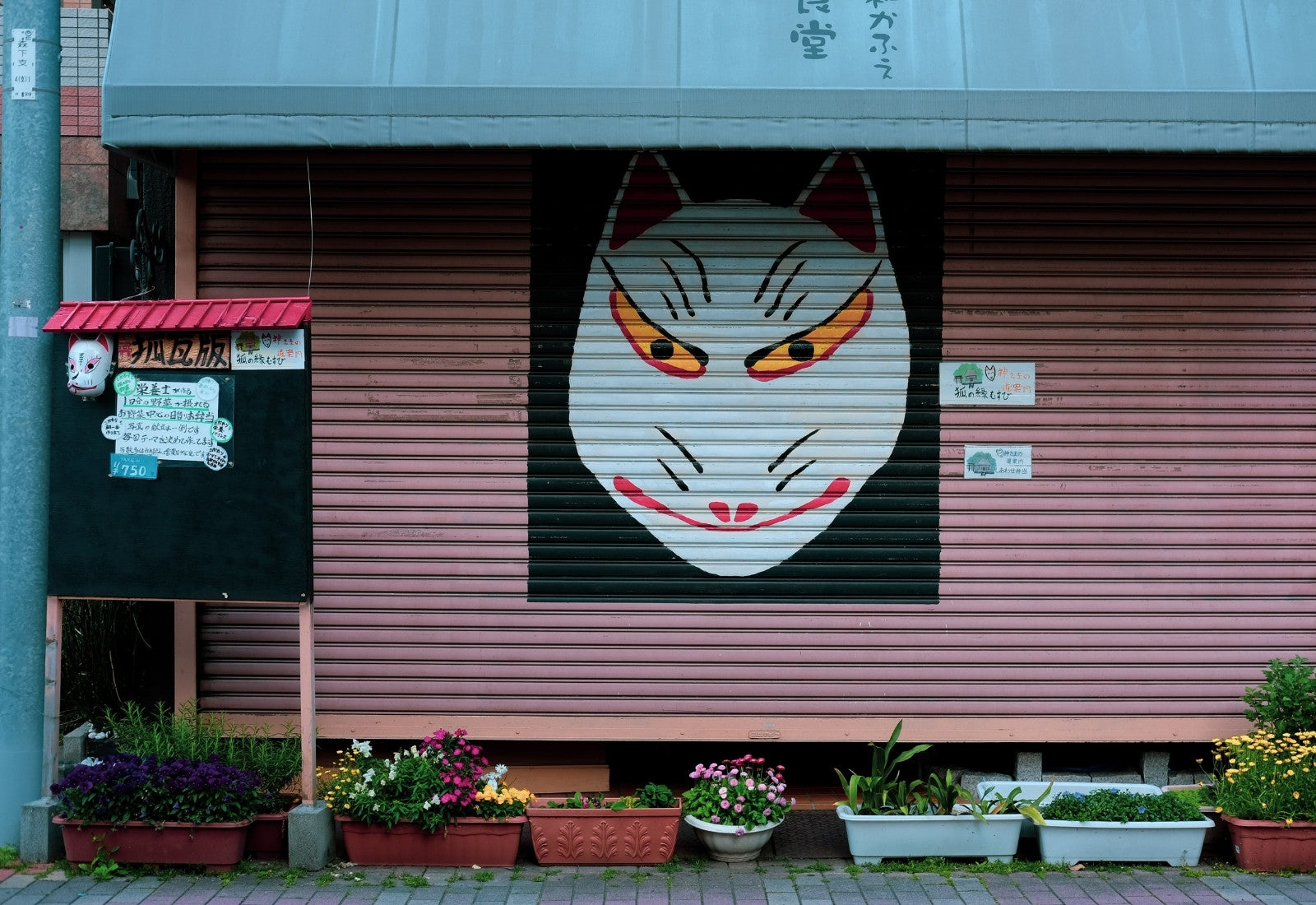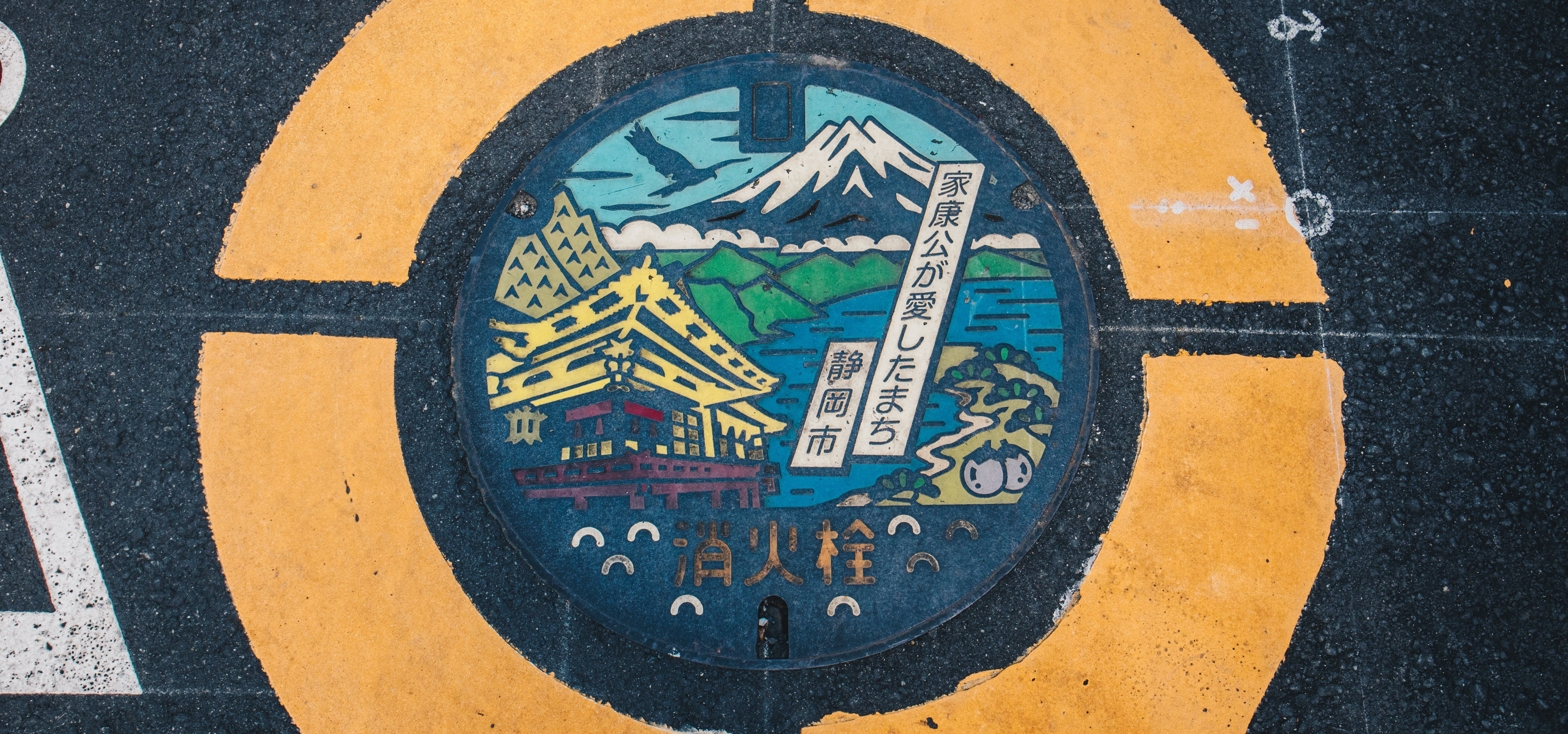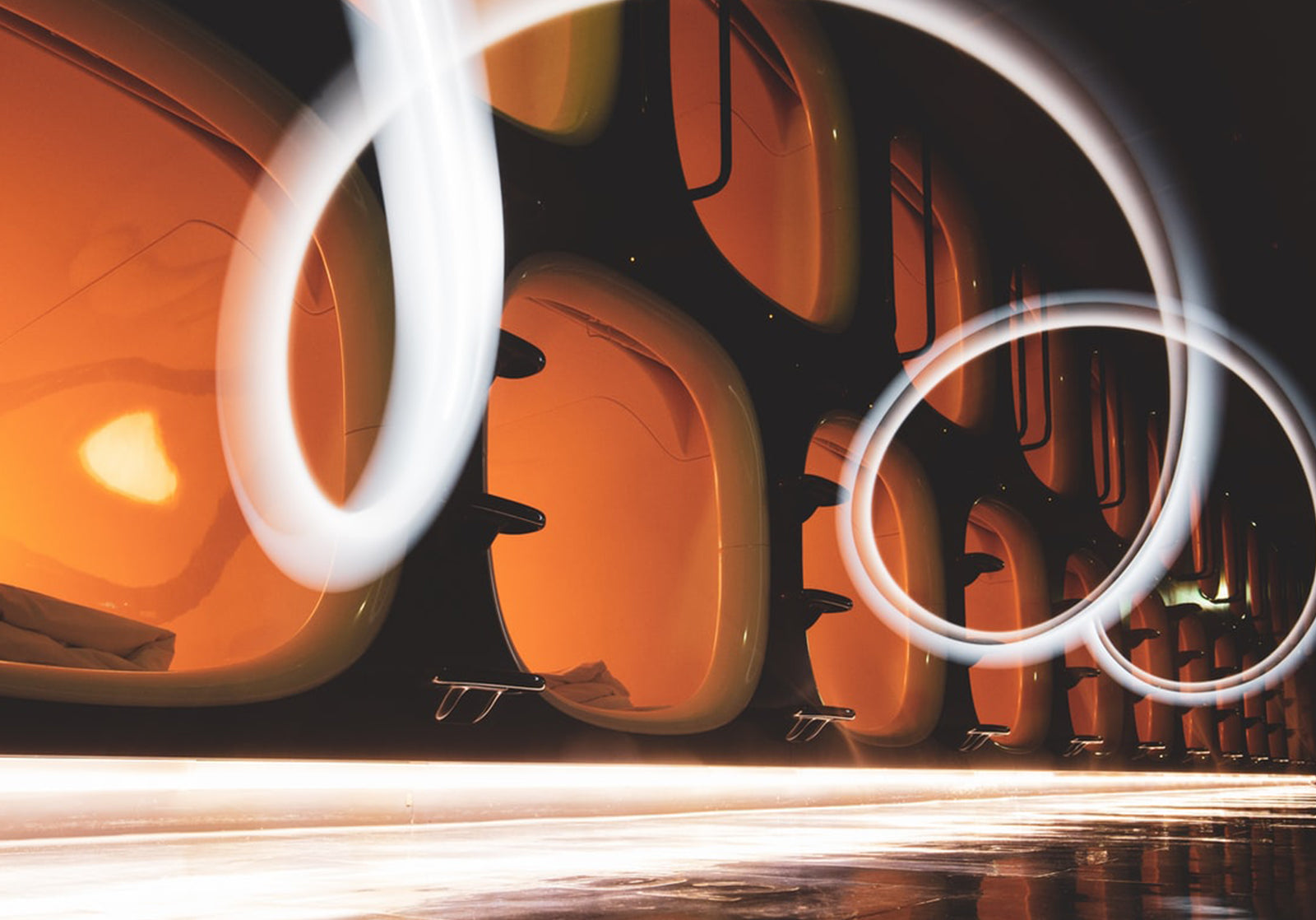
HYAKKI YAGYO: 10 CURIOSITIES ABOUT JAPANESE HALLOWEEN
Masks, costumes, nocturnal parades and scary disguises populate the streets of Japan on the occasion of Hyakki Yagyo: on the third Saturday of October each year, a Japanese version of the usual Western Halloween of American origin is celebrated.
The "parade of a hundred demons" , as the name of this event is literally translated, sees many terrifying costumes paraded in numerous cities of the Land of the Rising Sun surrounded by colorful displays, which arouse fear and fun at the same time.

The illustration “Strange Story of Kamikiri” inspired by the Yokai imagery © TJT
With the arrival of the Halloween period, we have selected for you 10 things that you absolutely must know about this typical belief of Japanese folklore.
- Masks : Despite its literal meaning, the masks that parade every year are much more than one hundred and do not only involve demons, but many other mythological and supernatural creatures, such as ghosts and goblins: thousands of Japanese citizens participate in each event.
- Hyakumonogatari : This game began to be part of the tradition, entering the imagination of Hyakki Yagyo, during the Edo period and consists of lighting 100 candles in total darkness, which are extinguished one by one during the succession of scary stories, so as to recreate a dark and “chilling” scenario.

A shutter in Kita City, Tokyo, during the Hyakki Yagyo © @mylenela
- Kyoto Festival : The most famous street festival that is part of the Hyakki Yagyo celebrations is the one celebrated in Kyoto, in the Ichijo Dori street, known as Yokai Street, an area considered since the Heian period the dividing line between the world of humans and that of supernatural beings.
- Monsters, spirits and demons: Also referred to as "spirits" or "demons", the Yokai and the Oni (large figures similar to ogres) are those beings to whom the Japanese attribute the explanation of inexplicable and bizarre events and phenomena: anything of “unknown” origins, characteristics or nature could be attributed to a spirit.
- Reflection of society : The symbolism of the Yokai reflects exactly the fears and fears that Japanese society has: fear of what is different, fear of what is foreign and fear of death.
- Origin of spirits : Although this tradition is part of Japanese culture, the peculiarity that Yokai, Oni and Tsukumogami have in common is their origin: most of them in fact come from Chinese legends or from characters in some Buddhist texts.

Mizuki Shigeru Road Tottori's Yokai Train © FunBoxPhoto
- References in the Manga : Those who are fans of manga and anime and know Japanese culture will have noticed that in the plots there are many references to Yokai and other fantastic creatures that are part of the traditional Hyakki Yagyo festival.
- Sutra : There is a popular belief that says that anyone who crosses the parade of masks will face death: the solution to avoid this fate is to carry with them a "sutra", i.e. a scroll that recites a short prayer text with which escape fate.
- Nurarihyon : Leader of the Yokai, as well as the Hyakki Yagyo, is the most powerful Japanese spirit in the collective imagination. Visually depicted with human physical features and a large, elongated head, it is thought to summon hundreds of evil spirits to parade every year.
- Shigeru Mizuki : Japanese cartoonist famous for being a specialist in stories and tales about Yokai; scholar and enthusiast of Hyakki Yagyo, he was defined as a master of this subject.










